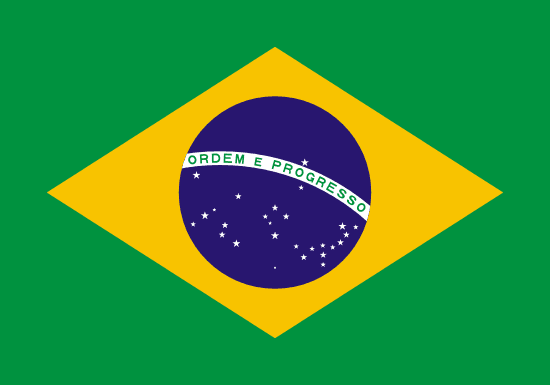"Destino do Mundo | Destination of the World"
About:
Foz do Iguaçu, a city in Brazil, was founded in 1910. It's known for the Iguaçu Falls, one of the world's largest waterfalls. The city became a hub for tourism after the Itaipu Dam, the second largest hydroelectric plant in the world, was built in 1975. Today, Foz do Iguaçu is a key site for eco-tourism and energy production, and is home to the Parque das Aves, the largest bird park in Latin America.
When to visit:
Foz do Iguaçu, located in southern Brazil, is best visited during the months of September to November, which are considered the spring season. During this time, the weather is mild with lower chances of rainfall, allowing visitors to fully enjoy the breathtaking views of the iconic Iguaçu Falls. Additionally, the crowds are typically smaller compared to the peak summer months, providing a more peaceful and immersive experience. Be sure to check the local holiday calendar to avoid any potential closures of attractions or services during your visit.
When to avoid:
The worst time to travel to Foz do Iguaçu on a holiday is during the peak summer season from December to February. This period experiences hot and humid weather, with frequent heavy rainfall that can disrupt outdoor activities and sightseeing. The high tourist influx during this time can result in crowded attractions, long queues, and inflated prices for accommodations and tours. Travelers looking to avoid the crowds and enjoy a more pleasant experience are advised to visit during the shoulder seasons of spring (September to November) or autumn (March to May).
"Wet Season (Oct–Mar)"
In Foz do Iguaçu, the coldest and wettest season is from May to September, with temperatures ranging from 15°C to 25°C. This period sees an average rainfall of 130mm per month, making it the city's rainiest season. Cloud cover is prevalent, with sunlight hours averaging 4-6 per day. Despite this, the humidity level remains relatively high. For a visitor, an average day would involve light to heavy showers, interspersed with moments of overcast skies. Despite the rain, the city's beauty is undiminished, though outdoor activities may be limited.
"Summer (December–March)"
In Foz do Iguaçu, Brazil, the warmest part of the year typically spans from December to March, during the Southern Hemisphere's summer. During this period, average high temperatures range from 30°C to 34°C (86°F to 93°F) and lows hover around 20°C to 23°C (68°F to 73°F).
Rainfall is quite significant in these months, with monthly averages reaching up to 180mm, making it the wettest season. This is due to the tropical rainforest climate of the region. Despite the rain, there's a fair amount of sunlight, with an average of 5-6 hours of sunshine per day.
Humidity is typically high, often exceeding 70%, which can make the heat feel more intense. Cloudiness varies, but partly cloudy to overcast skies are common due to the frequent rain showers.
A typical day for a visitor during this period would start warm and can get quite hot in the afternoon. The high humidity can make it feel sticky and even hotter than it actually is. Frequent rain showers are common, often heavy but brief, offering a refreshing break from the heat. Despite the rainfall, there's still plenty of sunshine for outdoor activities. However, it's advisable to carry an umbrella or raincoat and stay hydrated.
Language:
Portuguese is the official and most widely spoken language in Foz do Iguaçu, Brazil. Due to its location on the border with Paraguay and Argentina, Spanish and Guarani are also commonly heard. Additionally, given its status as a popular tourist destination, English and other international languages are frequently used in the hospitality industry.




